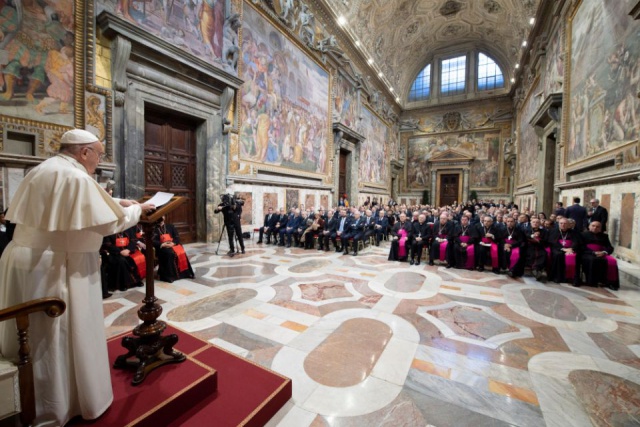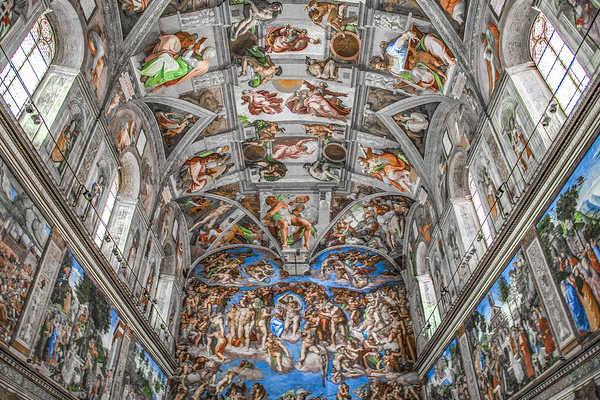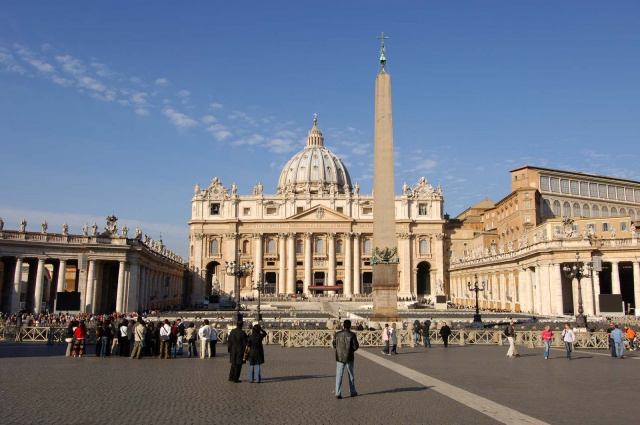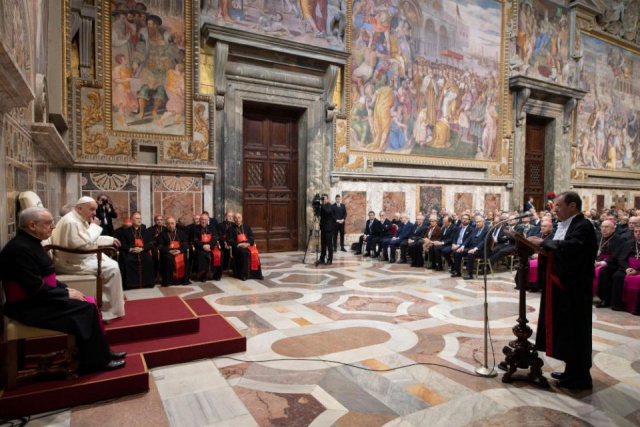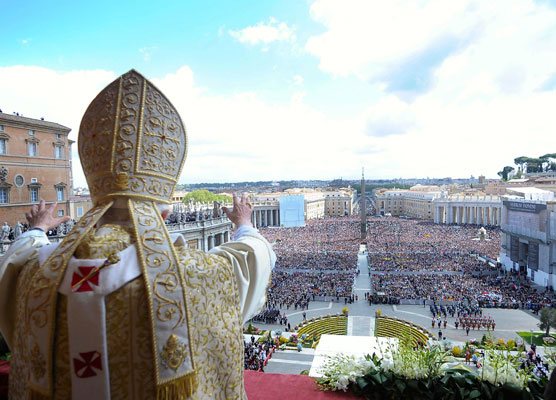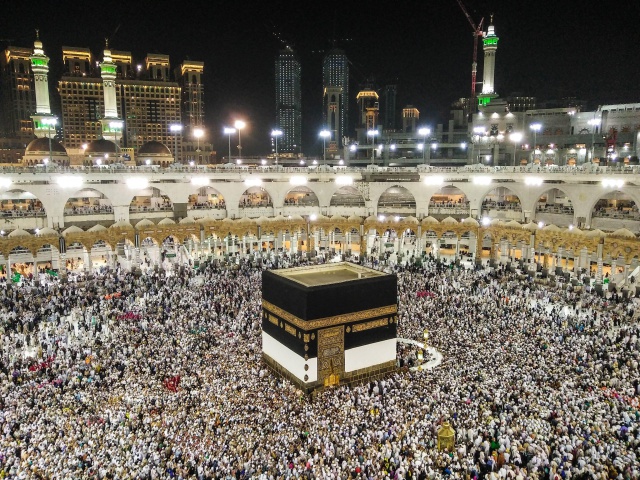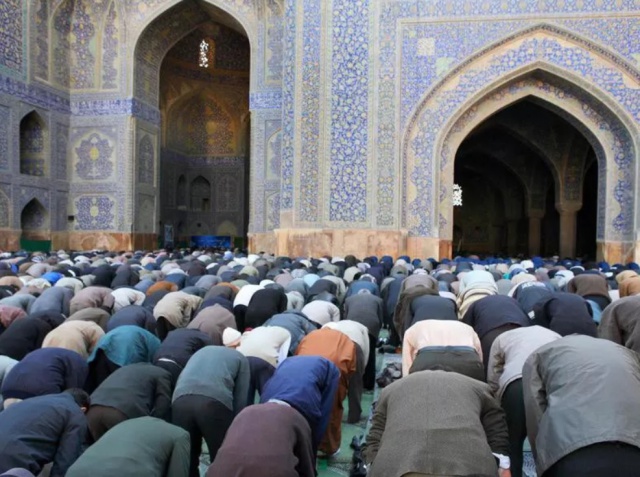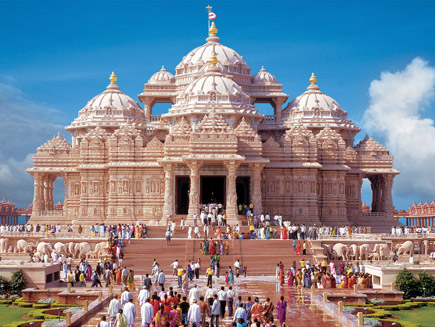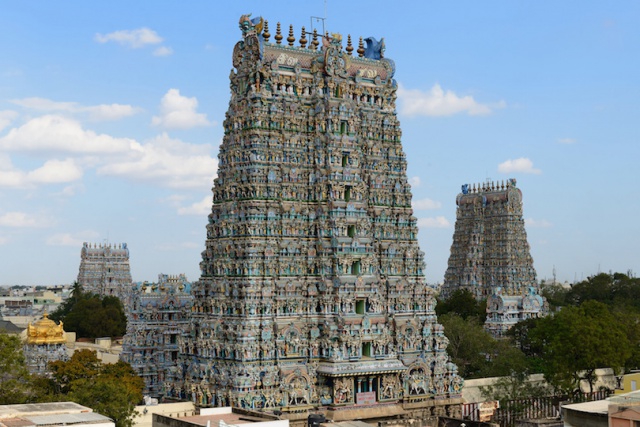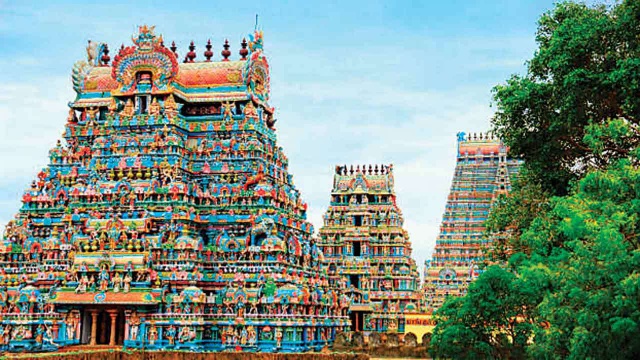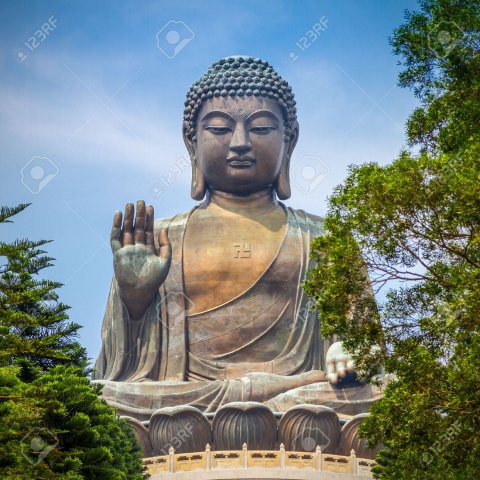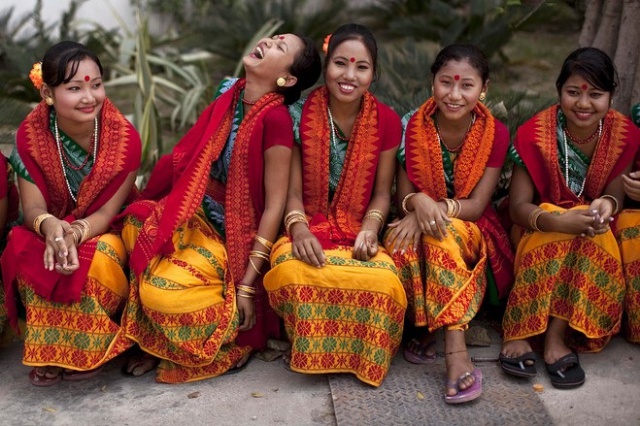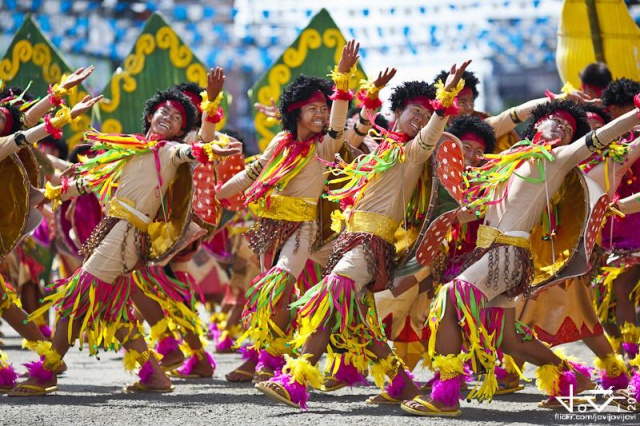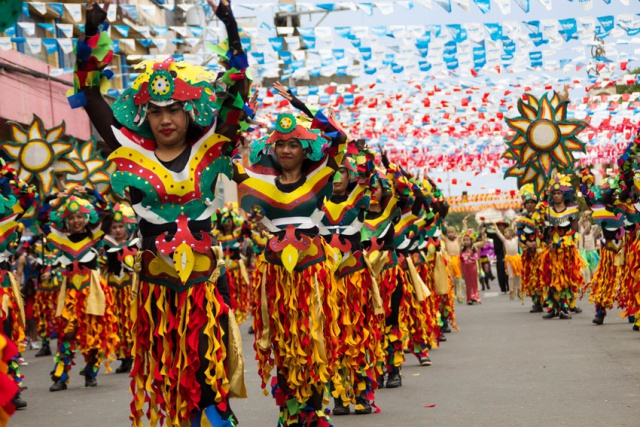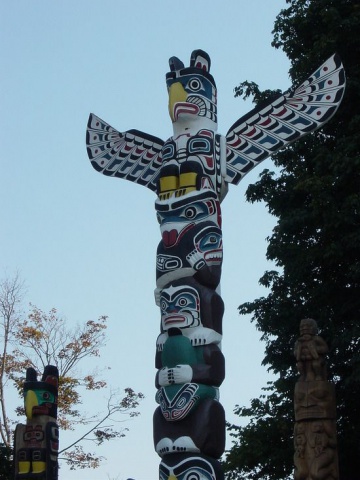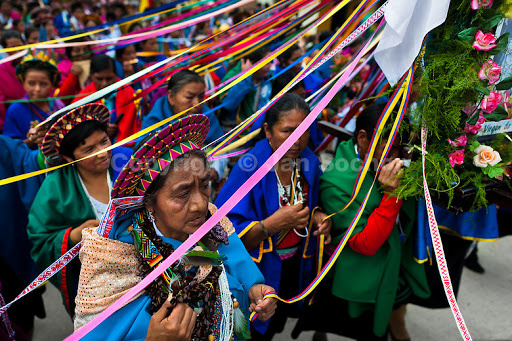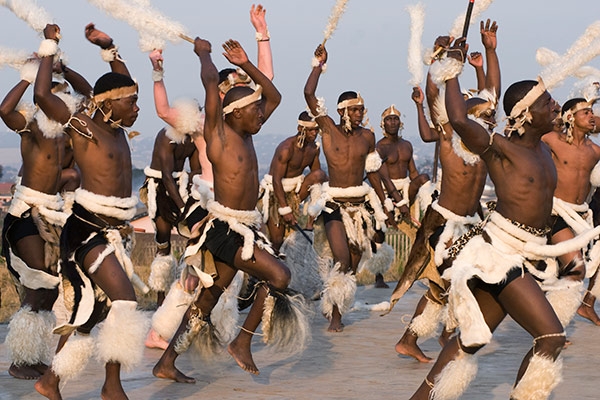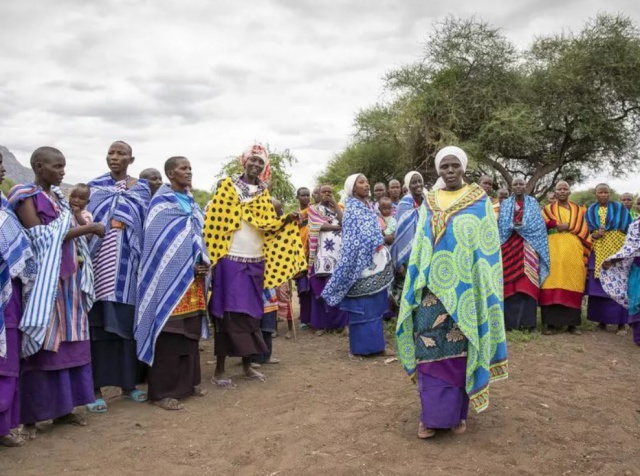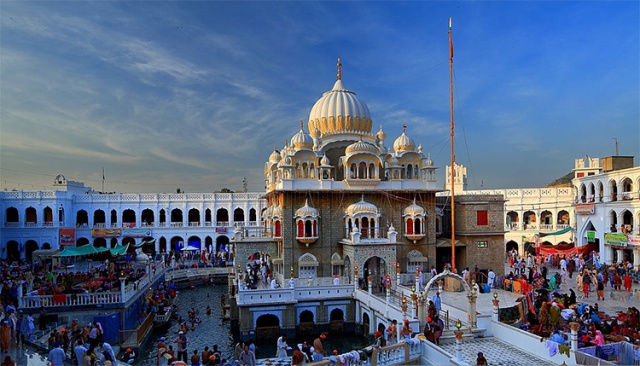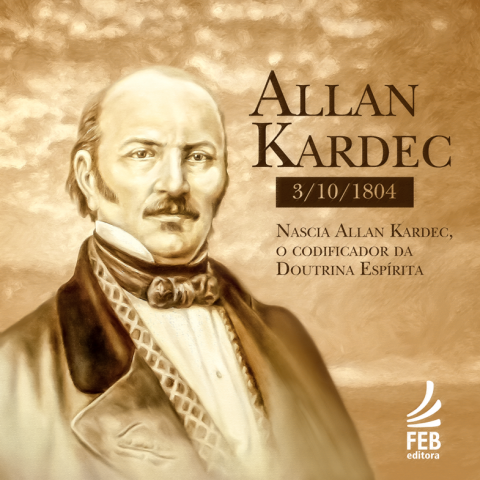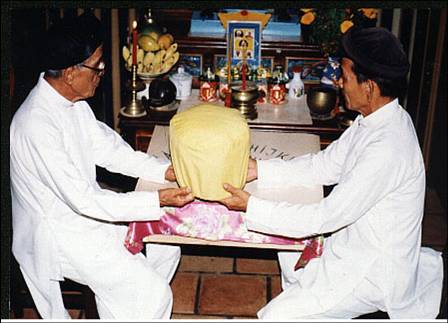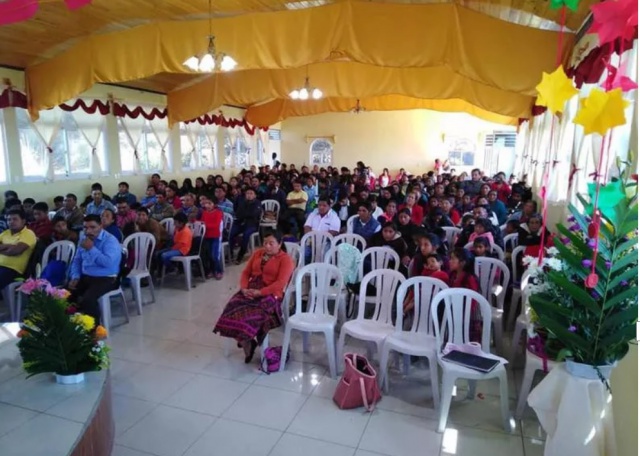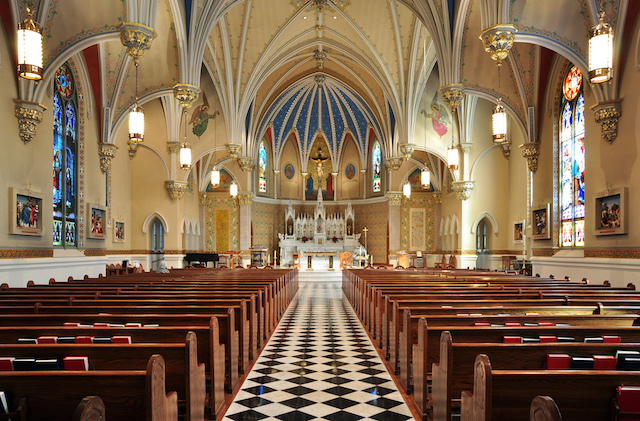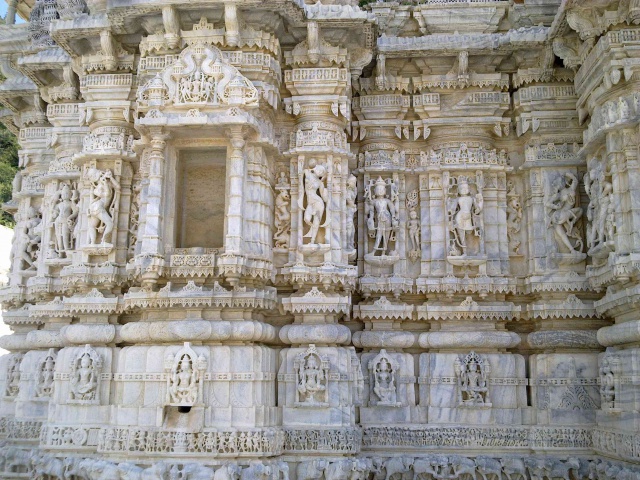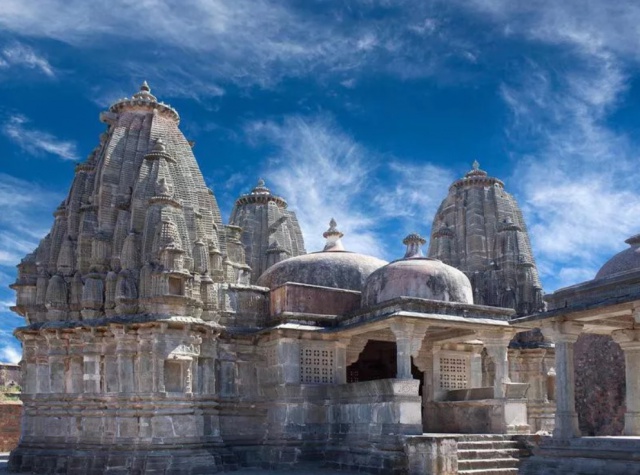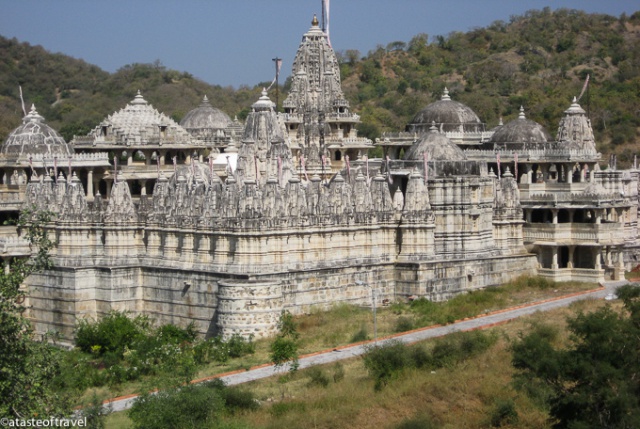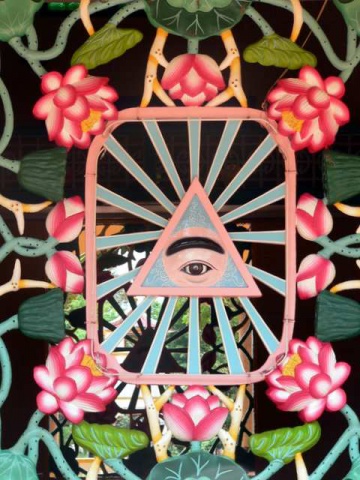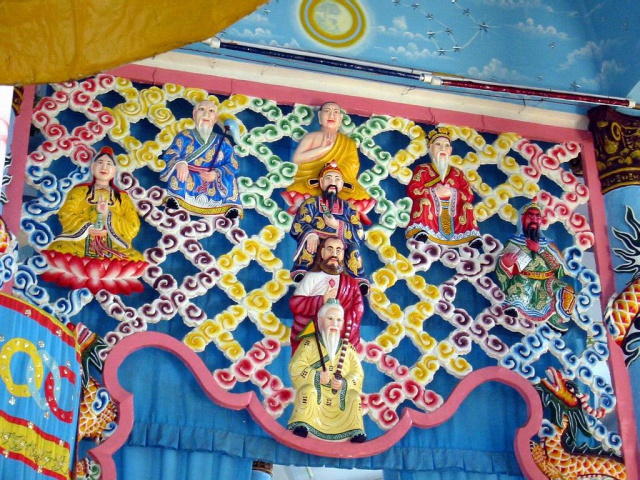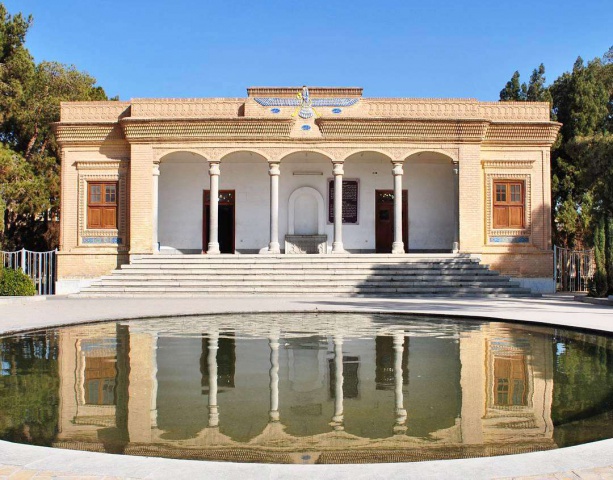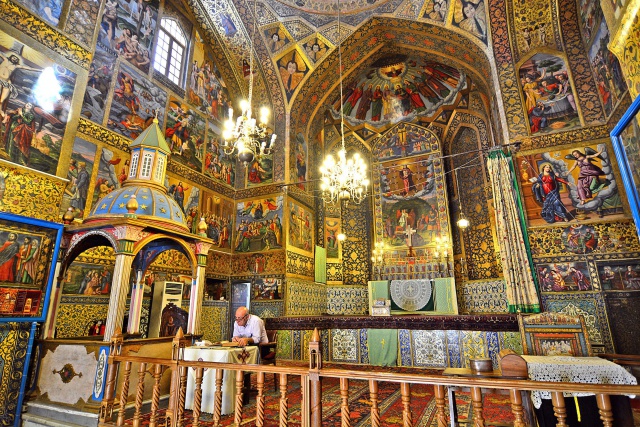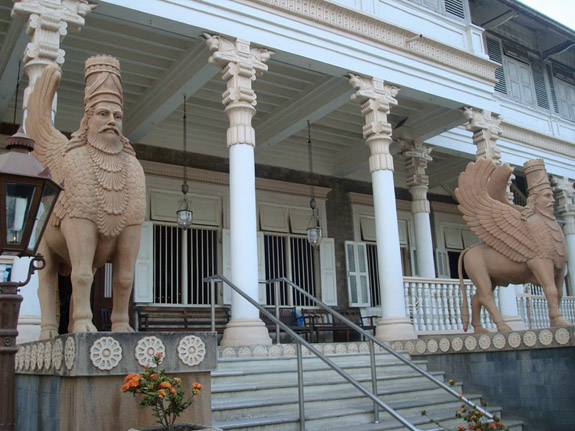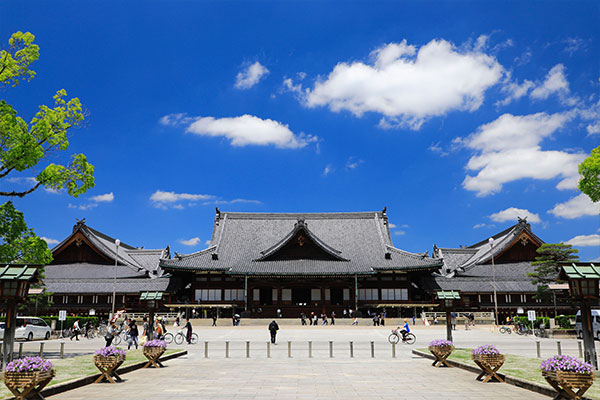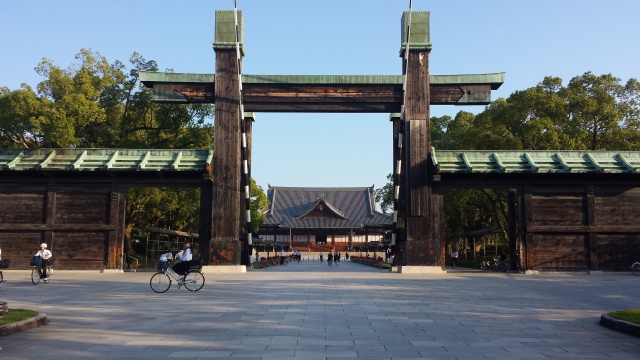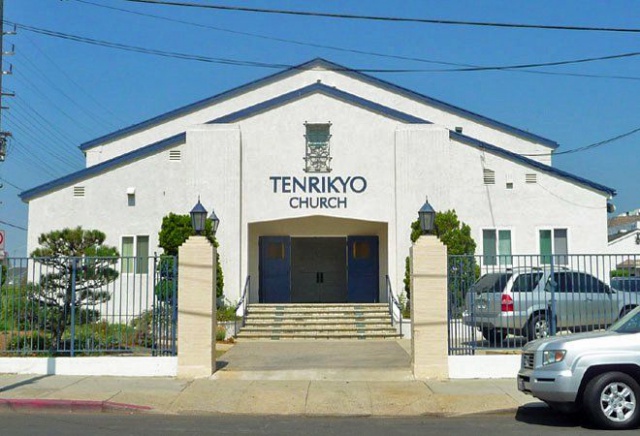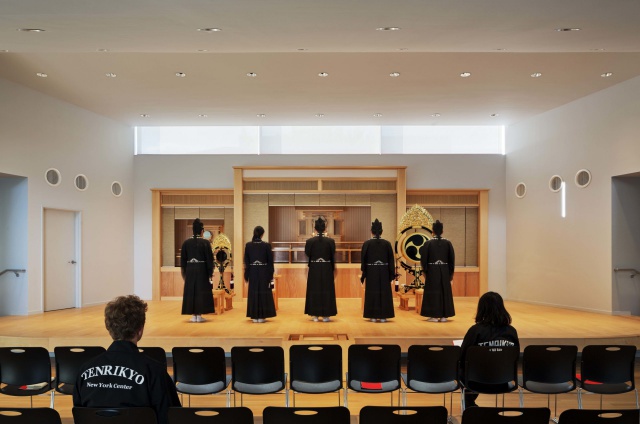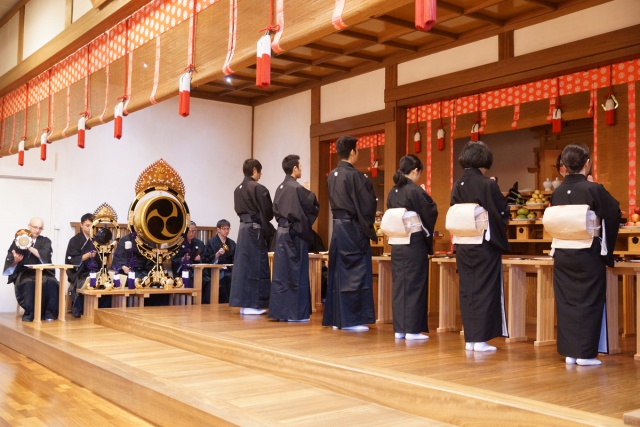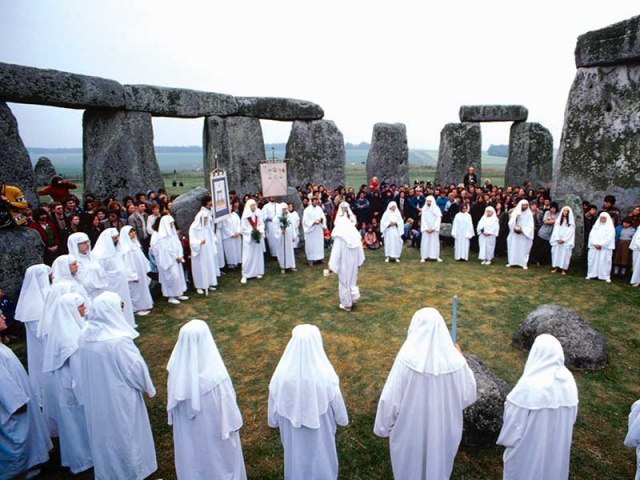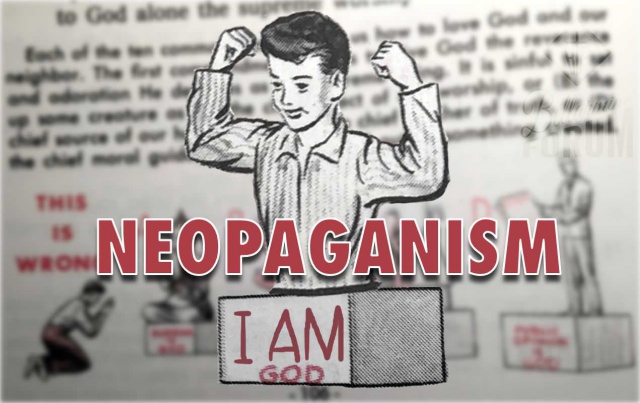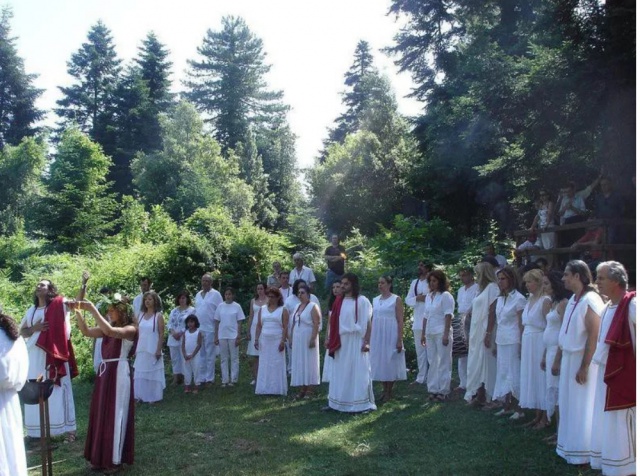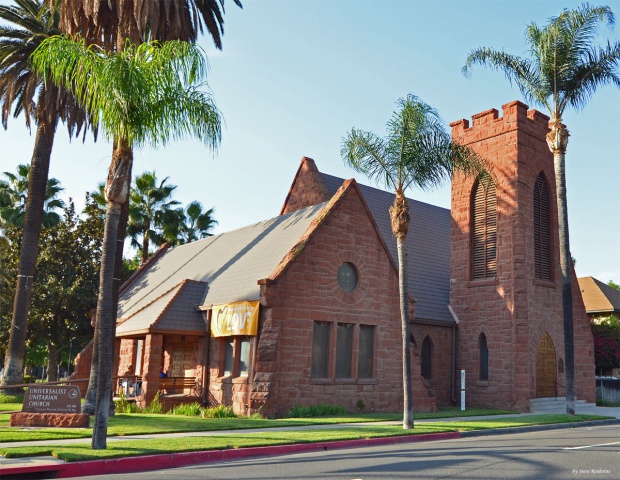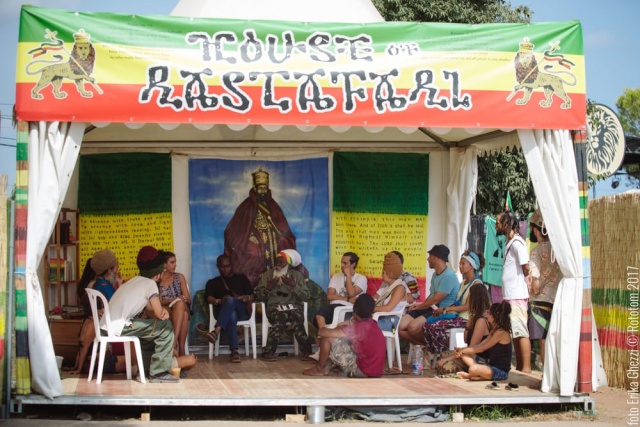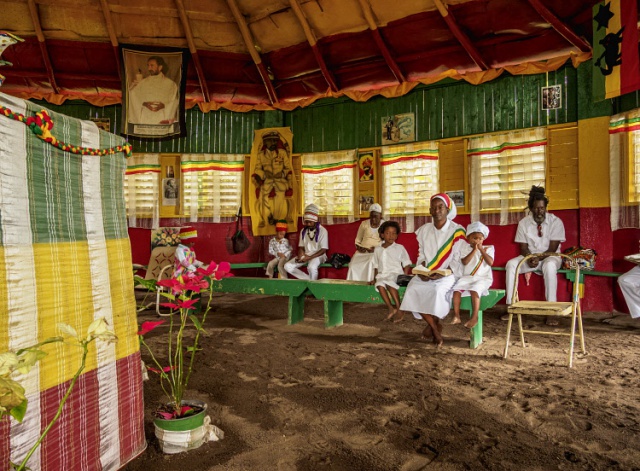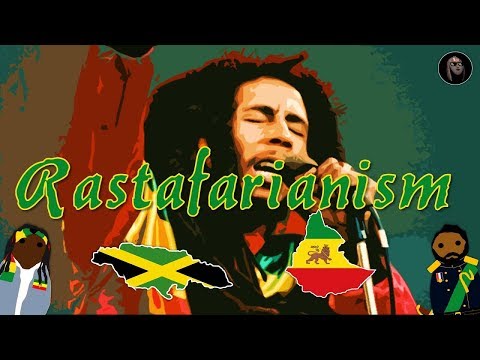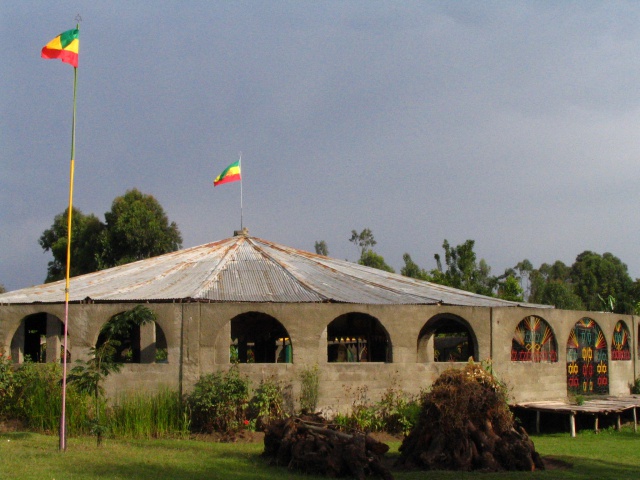CAO DAI GOD’S PROPHECY ABOUT SPIRITISM REVEALED 95 YEARS LATER
Updated 2020-11-23 05:45:15
(Westminster, California, Nov 22, 2020 – By Rev. Canh Tran)
As researchers and scholars are aware of, Caodaism is a spiritist religion, based completely on divine messages received from God and other Divinities to establish the religion in 1926 in Viet Nam.
Many people consider SPIRITISM as an occult activity, and nobody comes up with the idea or concept to consider it as a religion.
Until now. An article written by a freelance journalist Meagan Drillinger on Sep. 16, 2020, has listed the “20 Largest Religions in the World”, in which CAO DAI is ranked No. 15 and SPIRITISM is ranked No. 10. Here are the 20 religions mentioned :
-
Christianity
-
Islam
-
Atheism
-
Hinduism
-
Buddhism
-
Chinese Traditional Religion
-
Ethnic and Indigenous Religions
-
African Traditional Religions
-
Sikhism
-
Spiritism
-
Judaism
-
Bahai’i
-
Jainism
-
Shintoism
-
Cao Dai
-
Zoroastrianism
-
Tenrikyo
-
Neopaganism
-
Unitarian Universalism
-
Rastafarianism
Please click this link to see the total 20 religions:
About SPIRITISM, the author explained :
SPIRITISM
# of adherents: 15 million
% of all religions: 0.19%
Countries it’s most popular in:
About Spiritism
Spiritism is a philosophy that began in the 1800s by a French educator named Hippolyte Leon Denizard Rivail, though he went by the name Allan Kardec. The philosophy of Spiritism says that humans and other living creatures are immortal spirits that temporarily inhabit a physical body. It also relies heavily on the belief that spirits without bodies still exist in the physical world. Kardec developed his theory after reported observations during seances.
Spiritism does believe in a god. It also holds the tenet that spirits can communicate with living people and that other planets in the universe are inhabited. Mediums are the people who help communicate between the physical world and the spiritual world. Today, Spiritism has a presence all over the world, but the majority of its followers live in Latin America and the Caribbean.
Of course, many scholars and religious institutions would question this list, and especially about the definition of religion. But, for whatever reason, people now start to know about this new religion called CAO DAI, and to question about SPIRITISM, especially why “Spiritism is considered as a religion.”
This list of 20 largest religions in the world would bring a big surprise to many people. First, scholars, researchers, students now find out that there is a new religion in the world called CAO DAI. Second, they will be surprised to see that someone listed Spiritism as a religion.
Looking back at Cao Dai God's Message on December 15, 1926, God has prophesied as follows:
“This new doctrine that I teach is the result of spiritual studies.Have I not predicted that spiritism is a religion of the future?”
This is something interesting and fascinating. Nobody in Cao Dai understood this prediction at the time and as with any prophecy, people understand only after it happened. This prophecy is validated 95 years later, recognized and listed by a freelance journalist Meagan Drillinger on Sep. 16, 2020.
The validity of this prophecy and the concept of Spiritism as a Religion is new, just born, starting with this list of 20 Largest Religions in the World. Scholars and religious institutions would dispute this definition and category for the next decade or for the next generation to come. Spiritism is needed to grow up in time, until one day people will consider it as a norm, like Catholicism, Buddhism, Taoism, Confucianism... Of course, it will depend on how Spiritism is practiced and how it would affect society in the whole world, especially what is the relationship and interaction between Cao Dai and Spiritism.
According to Dr. Michael Wesch, Professor of Anthropology at Kansas State University, who also taught Caodaism, he thought that Spiritism is now becoming a "religion" due to:
1. Concerted efforts of Spiritists to organize & educate the public of their existence
2. A better-informed and more open/tolerant public on the diversity of religions
3. A general trend toward spirituality
In brief, to a Caodaist, another prophecy by God is revealed, and more prophecies will also be revealed in many years to come.
Here are a few pictures of each religion.
1. CHRISTIANITY
2. ISLAM
3. ATHEISM
4. HINDUISM
5. BUDDHISM
6.CHINESE TRADITIONAL RELIGIONS
7. ETHNIC AND INDIGENOUS RELIGIONS
8. AFRICAN TRADITIONAL RELIGIONS
9. SIKHISM
10. SPIRITISM
CENTRE SPIRITE LYONNAIS - ALLAN KARDEC
SPIRITIST CENTER IN LYON, FRANCE (ALLAN FARDEC'S BIRTHPLACE)
11. JUDAISM
12. BAHAI'I
13. JAINISM
14. SHINTOISM
15. CAO DAI
16. ZOROASTRIANISM
17. TENRIKYO
18. NEOPAGANISM
19. UNITARIAN UNIVERSALISM
20. RASTAFARIANISM


